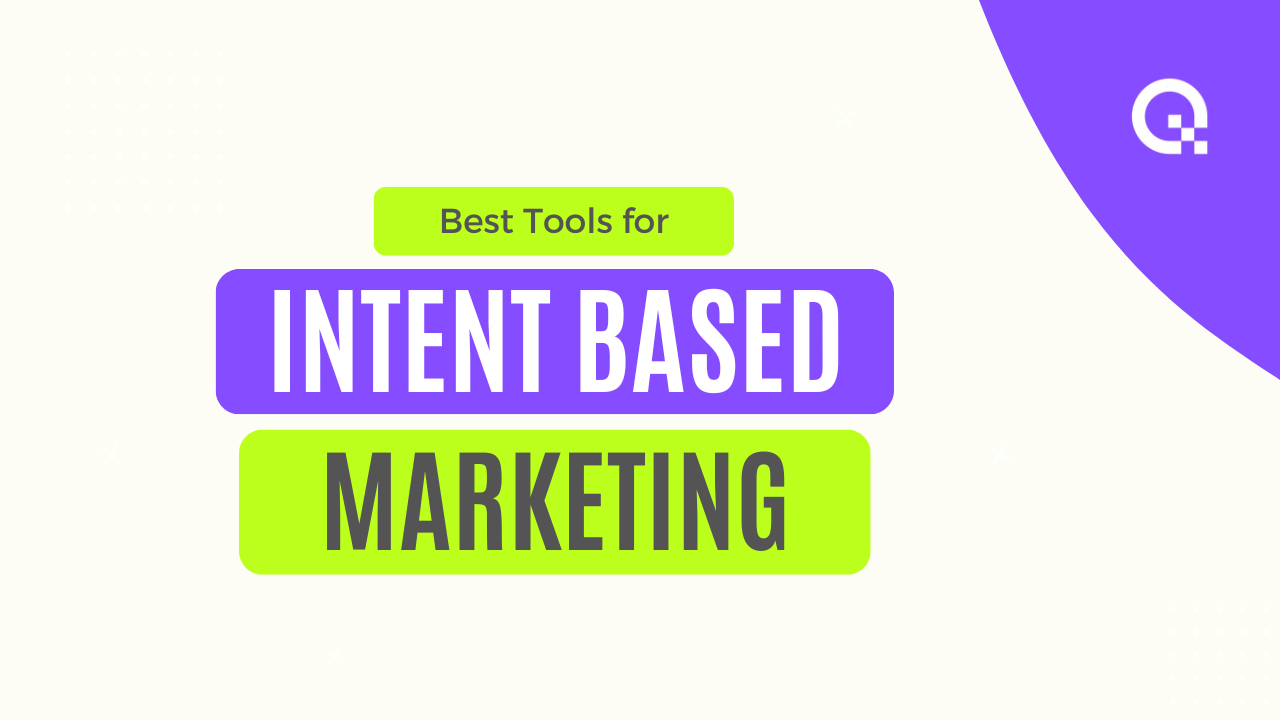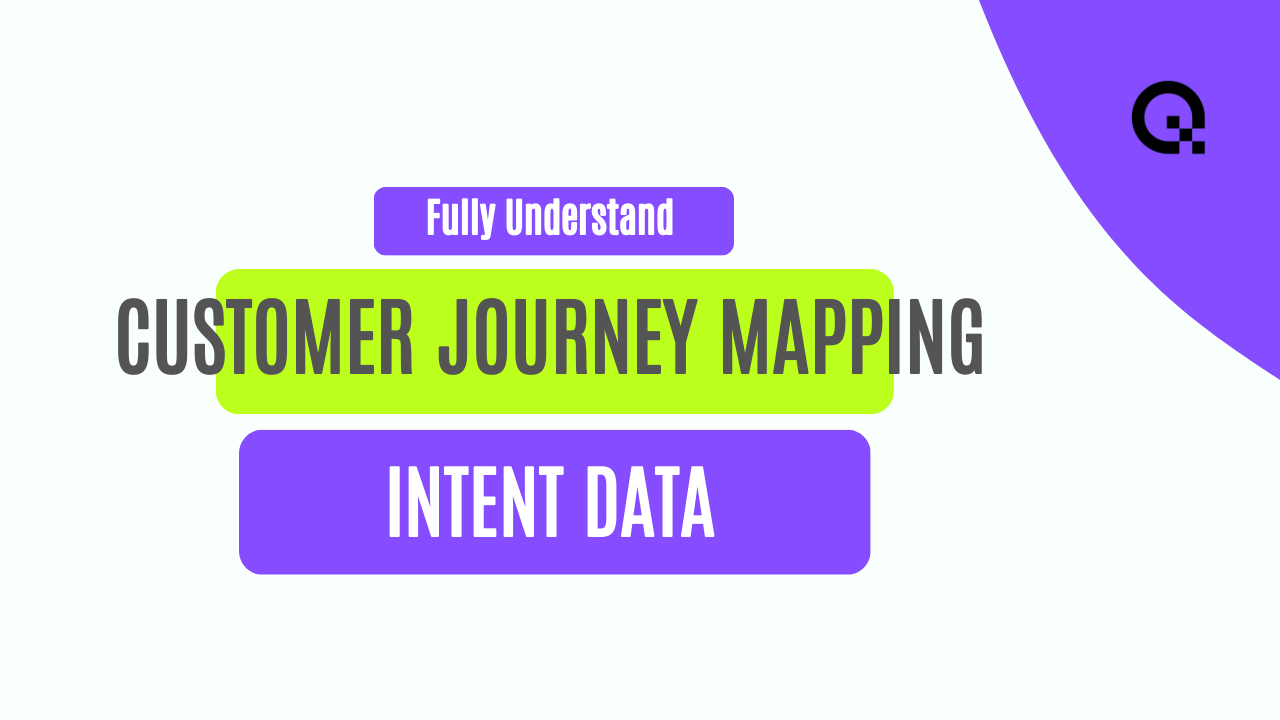Behavioral Email Sequencing for Intent Targeting
In today's digital age, email marketing has become an essential tool for businesses to connect with their audience. One of the most effective strategies in email marketing is Behavioral Email Sequencing for Intent Targeting. This approach allows businesses to tailor their email campaigns based on the behavior and intent of the recipients, leading to higher engagement and conversion rates.
Understanding Behavioral Email Sequencing
Behavioral Email Sequencing involves sending a series of targeted emails to users based on their actions, preferences, and interactions with previous emails. By analyzing the recipient's behavior, businesses can create personalized and relevant email content that resonates with the individual's interests and needs.
Unlike traditional email marketing campaigns that follow a one-size-fits-all approach, Behavioral Email Sequencing allows businesses to deliver the right message to the right person at the right time. This personalized approach enhances the user experience and increases the likelihood of conversion.
The Benefits of Behavioral Email Sequencing
There are several benefits to implementing Behavioral Email Sequencing for Intent Targeting:
1. Improved Engagement: By sending personalized and relevant content, businesses can capture the recipient's attention and encourage interaction with the email.
2. Higher Conversion Rates: Tailoring the email content to match the recipient's behavior and intent increases the chances of conversion and drives revenue for the business.
Best Practices for Behavioral Email Sequencing
When implementing Behavioral Email Sequencing for Intent Targeting, it's important to follow these best practices:
1. Segment Your Audience: Divide your email list into segments based on behavior, preferences, and demographics to create targeted email campaigns.
2. Use Automation: Utilize email automation tools to schedule and send emails based on triggers, such as user actions or time intervals.
3. Analyze Data: Monitor the performance of your email campaigns and use data analytics to optimize and improve future email sequences.
Case Studies and Examples
Several businesses have successfully implemented Behavioral Email Sequencing for Intent Targeting. For example, an e-commerce company used this strategy to send personalized product recommendations to customers based on their browsing history, resulting in a significant increase in sales and customer satisfaction.
By leveraging Behavioral Email Sequencing, businesses can create a more personalized and engaging email marketing strategy that resonates with their audience and drives results. With the right approach and tools, businesses can enhance their email campaigns and achieve their marketing goals effectively.



